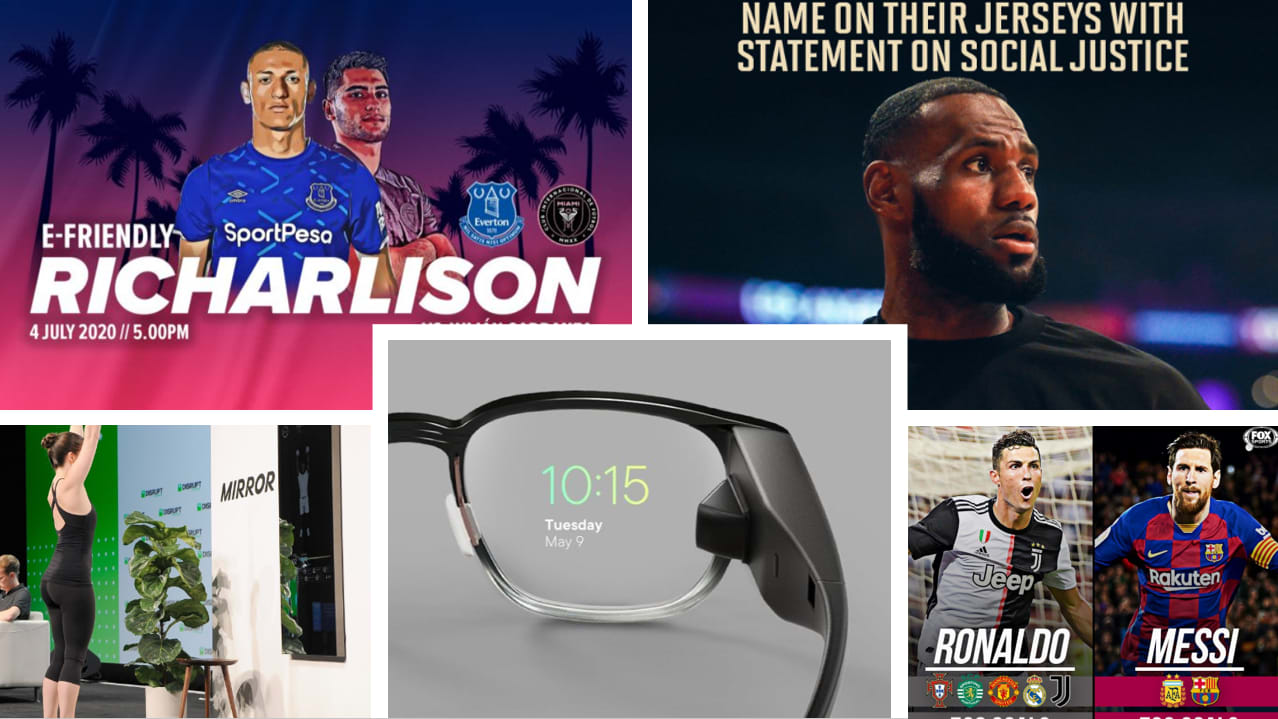Dear Friends and Members, We hope that those of you located in the US spent a great 4th of July weekend. Last week MLS and NBA teams reported to Orlando FL to get ready to resume their respective competitions in July. The reality there is that players and coaches staff…
Share This Story, Choose Your Platform!
Total reviews
Persons recommended this product
Anonymous
Shopper
check_circle Verified
Shop owner replied
Anonymous
Shopper
check_circle Verified
Shop owner replied
Thanks for your review!
Your feedback helps us improve our service.
There are no reviews yet.
Be the first to review “ ”
Please log in to submit a review.
Don't have an account? Register here .
Only logged in customers who have purchased this product may leave a review



